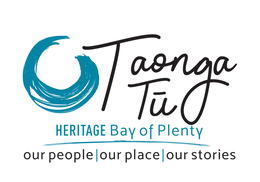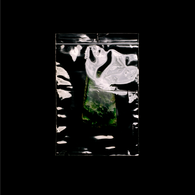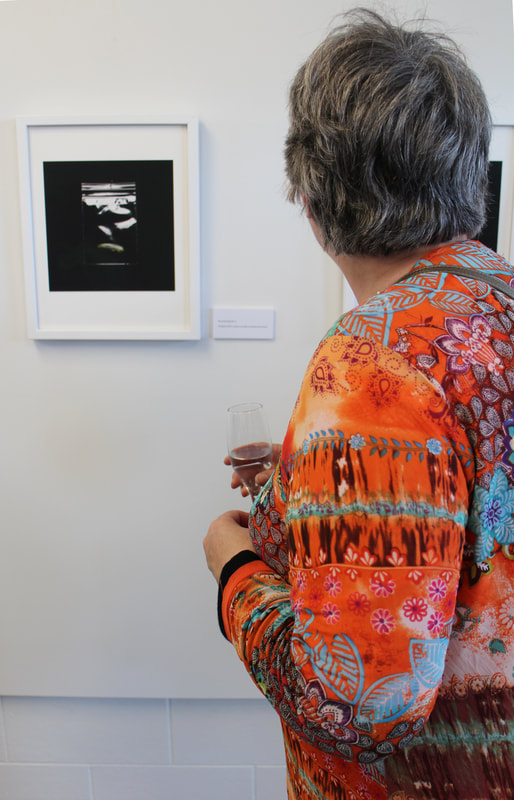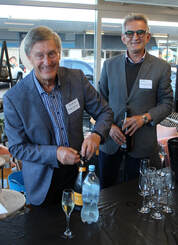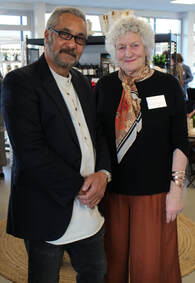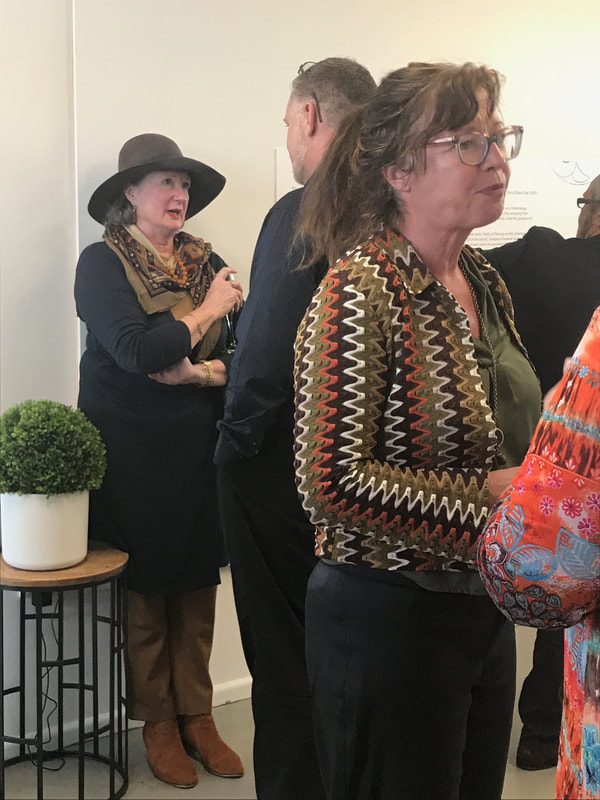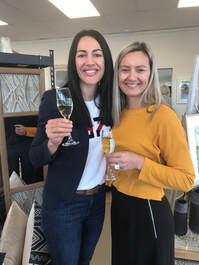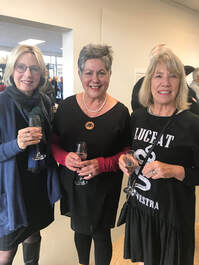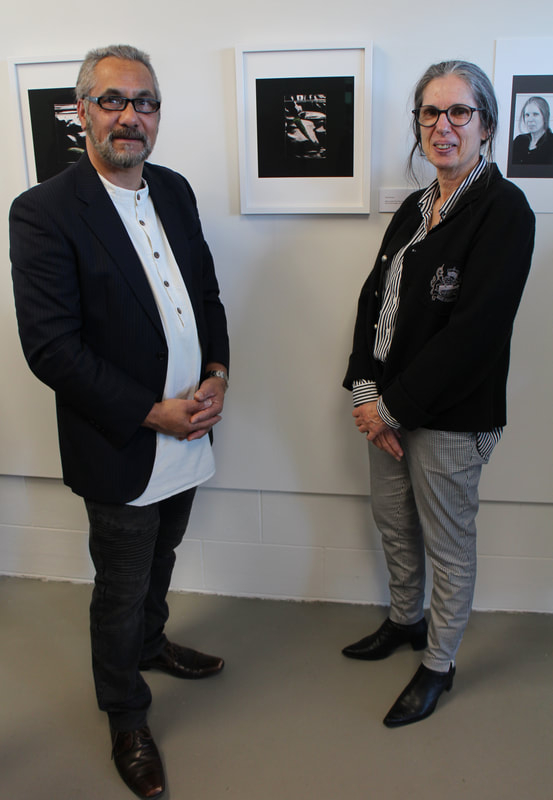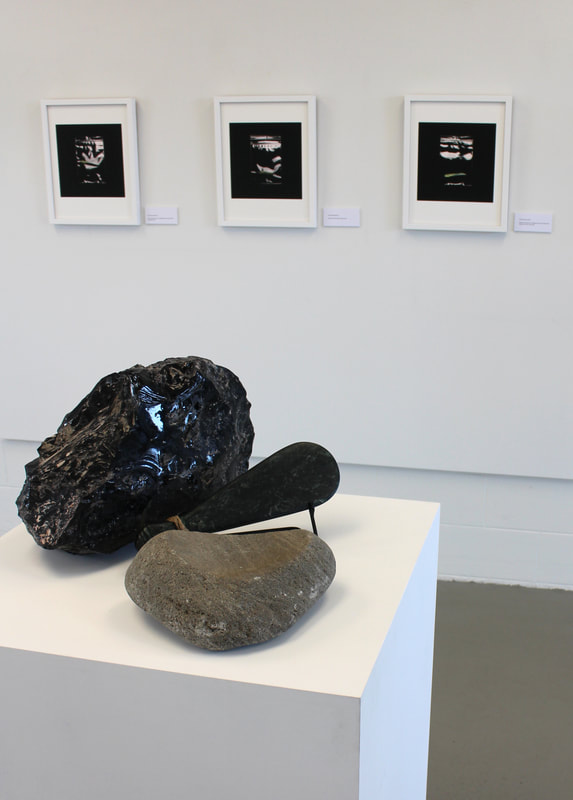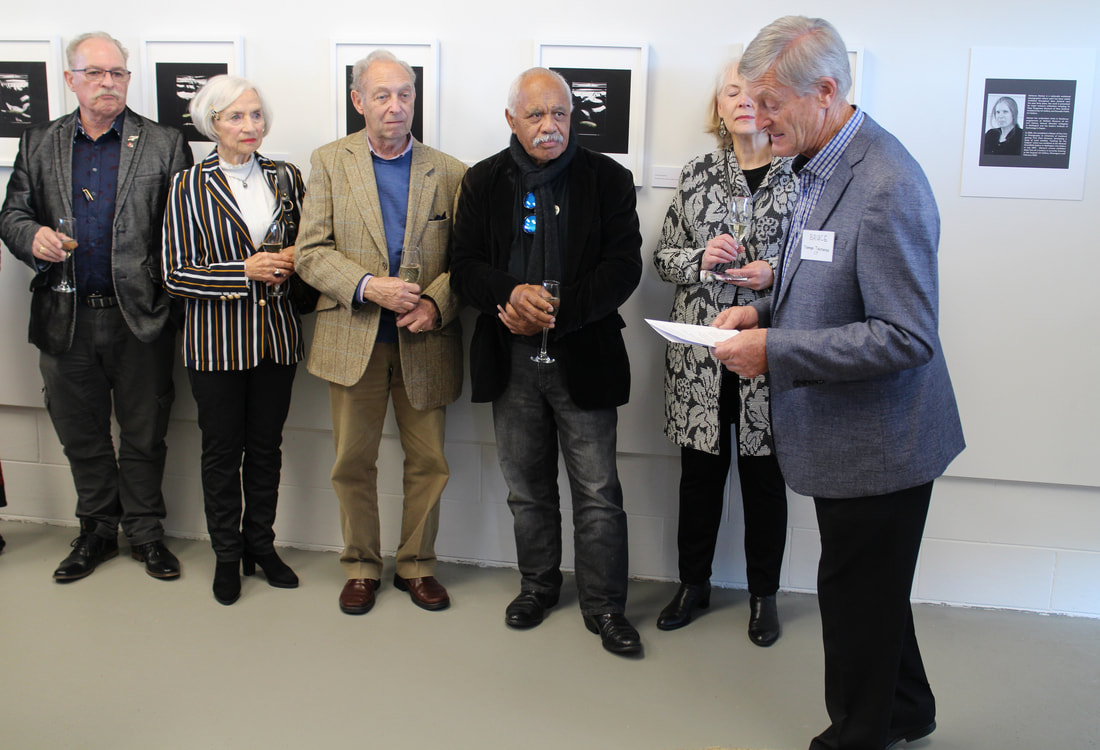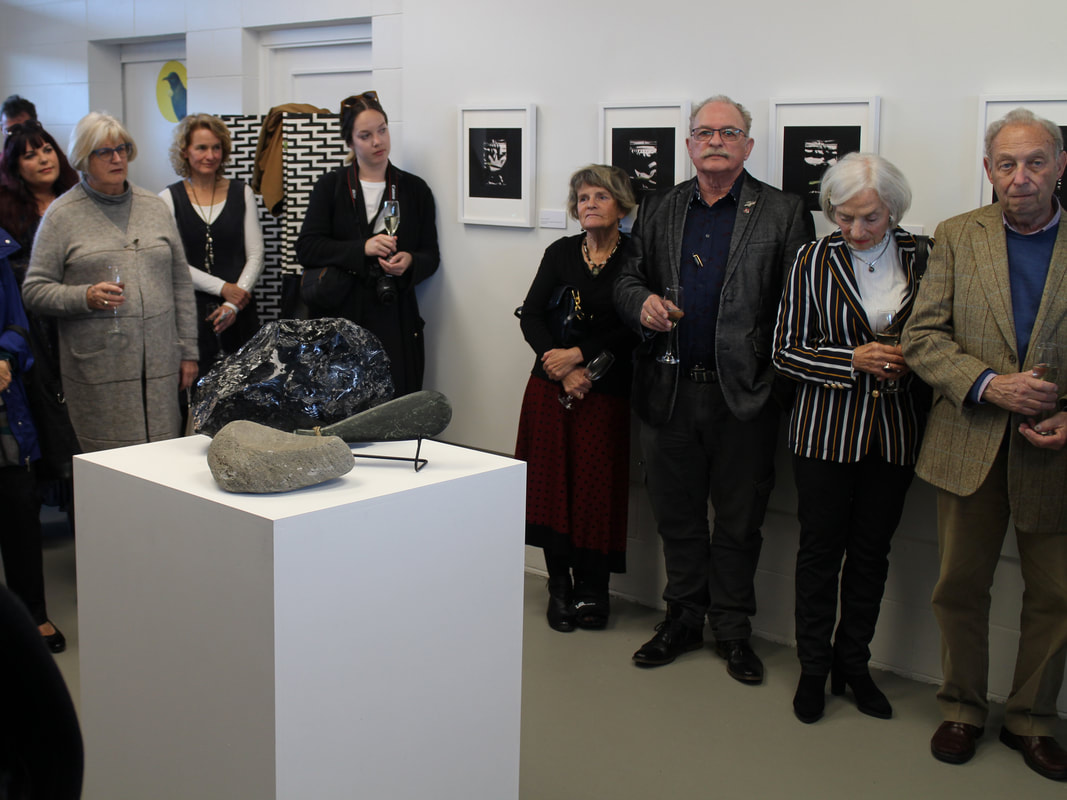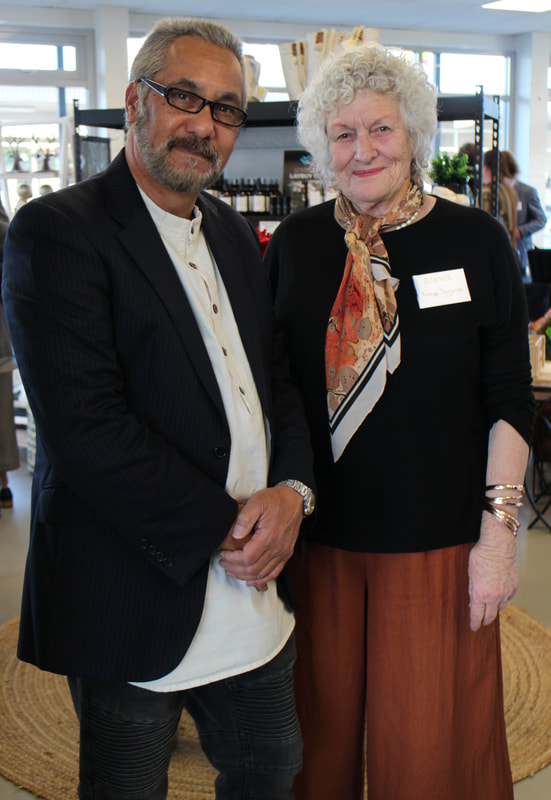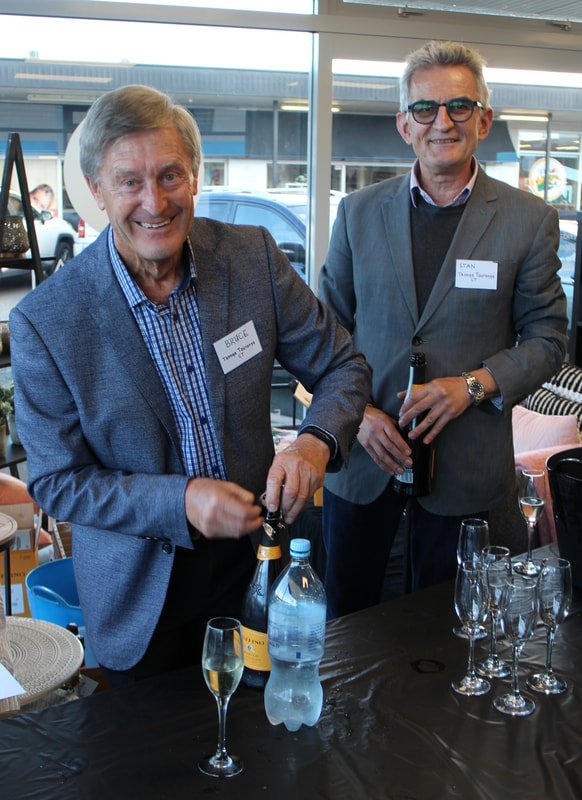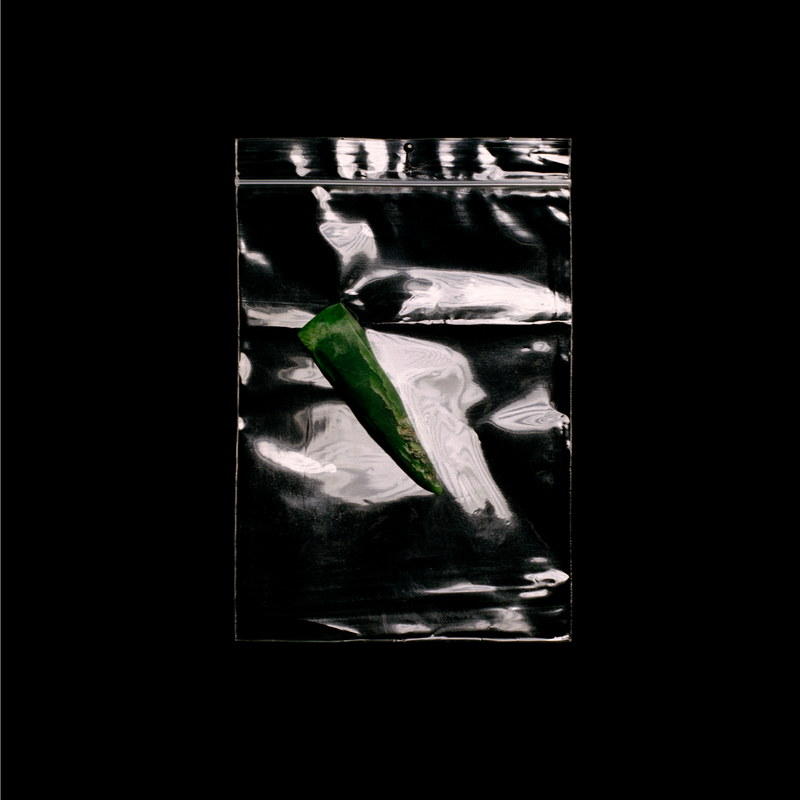'Titiro whakamuri, kōkiri whakamura'
'When you understand the past, you know your future'
'When you understand the past, you know your future'
A Tauranga Heritage Collection exhibition
sponsored by Tauranga Peugeot, facilitated by Taonga Tauranga
sponsored by Tauranga Peugeot, facilitated by Taonga Tauranga
Kaikauhoe,
Pounamu Taonga o Tauranga Moana
Photographs by renowned Art Photographer Adrienne Martyn
Written by Rachael Davies and Dean Flavell
Exhibition Sponsored by Tauranga Peugeot
is on at Kowhai Gallery, 11th Avenue Plaza until 2 November.
Pounamu Taonga o Tauranga Moana
Photographs by renowned Art Photographer Adrienne Martyn
Written by Rachael Davies and Dean Flavell
Exhibition Sponsored by Tauranga Peugeot
is on at Kowhai Gallery, 11th Avenue Plaza until 2 November.
Kaikauhoe, Pounamu Taonga o Tauranga Moana
Written by Rachael Davies and Dean Flavell
Written by Rachael Davies and Dean Flavell
|
A rich inky blackness broken by a body of green, evoking elements of dark water and stone…maybe a hint of something surfacing from the watery depths, drawing us to look further. But is this object emerging or softly sinking? Is it floating free or trapped within the frame? With deliberate ambiguity photographer Adrienne Martyn deftly interplays light and dark, space and enclosure to challenge our vision and set the scene for further questioning of her subject.
Martyn’s images depict taonga pounamu (greenstone treasures) as they revealed themselves in a darkened storeroom. And just as these images conjure different readings for viewers, pounamu too can be as many things to many people. As with its origins in the fluid space of time, Pounamu, formerly known as Te Tini o Poutini, were the slippery fish of Ngahue, who swum the great Pacific Ocean to flee their pursuers finding a short residence at Tuhua (Mayor Island) in the Bay of Plenty. Tauranga Moana tradition states that Poutini came into conflict with the local tribes of Ngati Tuhua and Ngati Hinehoanga and under the guidance of Ngahue found a permanent home in the Arahura river of the South Island West Coast, where they remain under the guardianship of Ngai Tahu. Highly treasured by all iwi, pounamu was and still is extensively traded and found throughout Aotearoa. A precious resource with amazing properties of strength and beauty, pounamu can be transformed into functional pieces such as the toki (adzes) and uhi (chisels) as shown in these images. Its range of colour and hue, with the speckled translucency of kawakawa or the pale oblique inanga, created desirability when crafted into rei or hei tiki (pendants). Pounamu was a taonga of mana, a gift to be circulated, passed down sometimes as the embodiment of tipuna (ancestors), moving on through the currents and eddies of generations. Martyn too is concerned with the notion of shifting value and circulation. The photographs in ‘Kaikauhoe’ have been developed from an existing body of Martyn’s work Looking for the Subject (shown at Wellington City Gallery, 2007) that consider how galleries and museums shape significance and value through presentation and exhibition. Here we are invited ‘back of house’ with Martyn as she opens the storeroom doors to explore what lies on the shelves, drawers and cupboards of the Tauranga Heritage Collection. The photographed taonga are seen encased in bags and pinned to trays for visible storage and for Martyn, this is yet another form of presentation that sees the items ordered and arranged for access and viewing. Each enclosure conveys a watery space created through collection practice. Just as objects can bob and break the water’s surface revealing new angles, shapes and faces, so do taonga weave in and out of reality, moving to the fore in new environments, with different purposes and new korero. Martyn’s allusion to water in these images, can be seen as a metaphor for the bigger cultural context in which Taonga exist – whether they remain the embodiment of tipuna, kept warm by their wearers, or passing through museums, helping to establish living connections with tangata whenua and inspiring new creations. But whatever view we wish to take, Martyn’s images also evoke a deeper response – whether they are revealing the hidden, allowing a glimpse of something new or acknowledging the familiar – by peering into the dark we know something is there, waiting. Swim on Kaikauhoe, silently stroke the inky blackness, to emerge back into the light. |
Please click images to read captions
HOME
ABOUT: Our Team | Ōtamataha Pā | Taonga - our treasure | Our brand story
WHATS ON: Exhibitions | Past Events | Videos
DISCOVER: Our Tāngata whenua | Early Tauranga | Waihi Beach | Katikati | Mauao - the legend | The Kaituna | Te Puke | Maketu - magic
OUR HERITAGE: Heritage Collection | Heritage Gallery | Battles of Gate Pā & Te Ranga | The Apology | St George's Gate Pā | The Elms |
Historical Society | Tauranga Jazz Festival History | Maori Proverbs | Heritage Organisations | Archives | The Golden Years
HERITAGE FRIENDS
CONTACT
ABOUT: Our Team | Ōtamataha Pā | Taonga - our treasure | Our brand story
WHATS ON: Exhibitions | Past Events | Videos
DISCOVER: Our Tāngata whenua | Early Tauranga | Waihi Beach | Katikati | Mauao - the legend | The Kaituna | Te Puke | Maketu - magic
OUR HERITAGE: Heritage Collection | Heritage Gallery | Battles of Gate Pā & Te Ranga | The Apology | St George's Gate Pā | The Elms |
Historical Society | Tauranga Jazz Festival History | Maori Proverbs | Heritage Organisations | Archives | The Golden Years
HERITAGE FRIENDS
CONTACT
Content Copyright Organic Living Ltd © 2022
